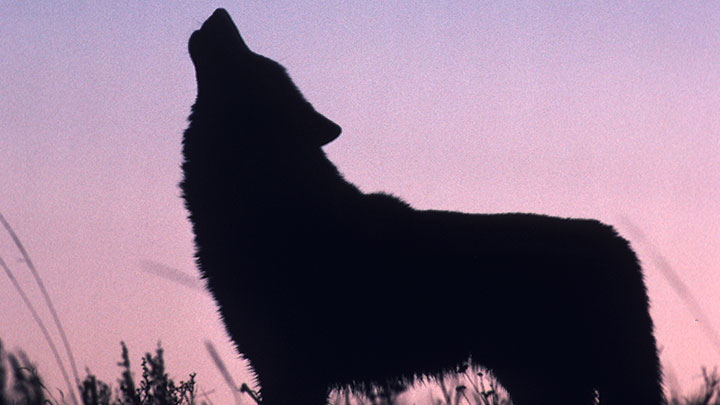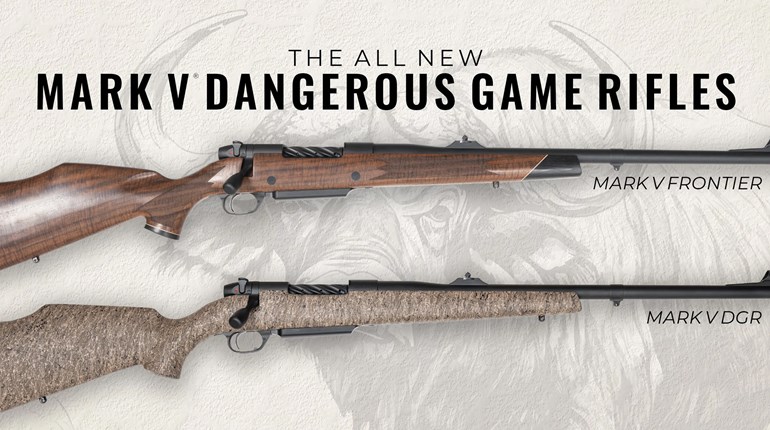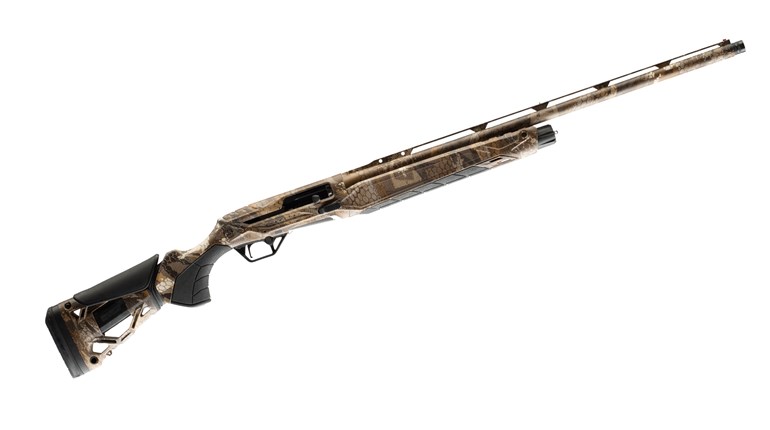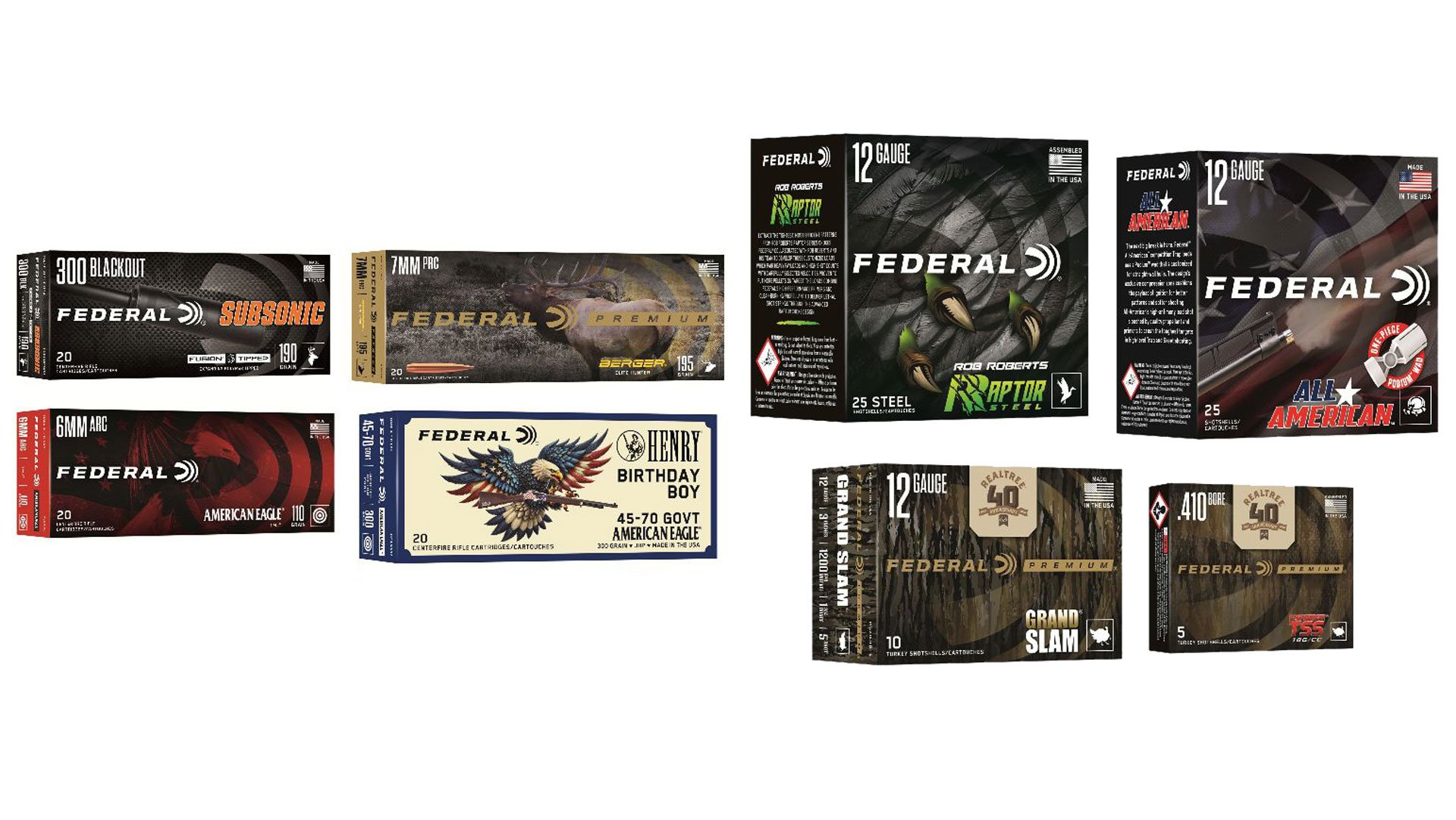
Unlike the cold winter months when coyotes can be out hunting at all times of the day, rising summer temperatures can force predators to seek the shade during daytime hours. Those warm summer nights, however, become prime time for predators to find a meal. To have the best chance at bagging a 'yote this time of year, savvy hunters wait until the sun begins to go down.
While night-vison optics can certainly give us the advantage during the darkest hours, your eyes can adjust to low-light scenarios, providing a golden window of opportunity as the light begins to fade for any hunter with access to a place coyotes call home.
It takes the human eye roughly 30 minutes to adjust itself to poor illumination. During that time, the pupils are expanding and the eyes aren’t reliable. And even when our eyes do adjust, let’s face it, as humans, our night-vision capabilities only go so far. But there are a few ways to hack our eyes and improve our night vision.
A Healthy Diet
Research says a lack of vitamin A contributes to poor night vision. However, because our bodies are designed to consume set amounts of nutrients on a daily basis, gorging yourself on Flintstones vitamins won’t give you super-human abilities—any excess not absorbed will simply be excreted. Ensuring you’re getting 100 percent of your daily vitamin A requirement—either through supplements or by consuming foods rich in vitamin A like liver, carrots, squash, sweet potatoes, milk and cheese—guarantees maximum eye-health benefits.
Wear Sunglasses
If you know you are going to be hunting in a low-light situation, wear sunglasses in well-lit areas prior to going afield. Darkness impairs detail and color; wearing sunglasses will force you to recognize objects and potential targets by silhouettes alone. The more you practice, the better you will become. Bright lights impair your night vision, and that half-hour adjustment process I mentioned earlier can be reduced by wearing sunglasses ahead of time.
Use 'Off-Center' Vision
This technique revolves around focusing attention on an object without looking at it directly. When we look squarely at something in dim light, the image we see blurs and distorts, sometimes vanishing all together. Focusing our eyes at different points around an object (roughly 5 to 10 degrees away), rather than directly on it, allows our peripheral vision to handle the task and delivers a sharper image. Why does this work? Because the part of the eye that functions best in minimal light is located around the outside edge of the retina.




































